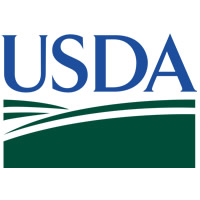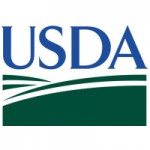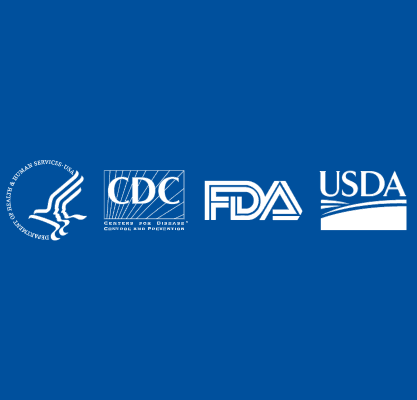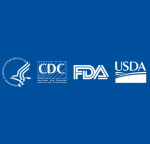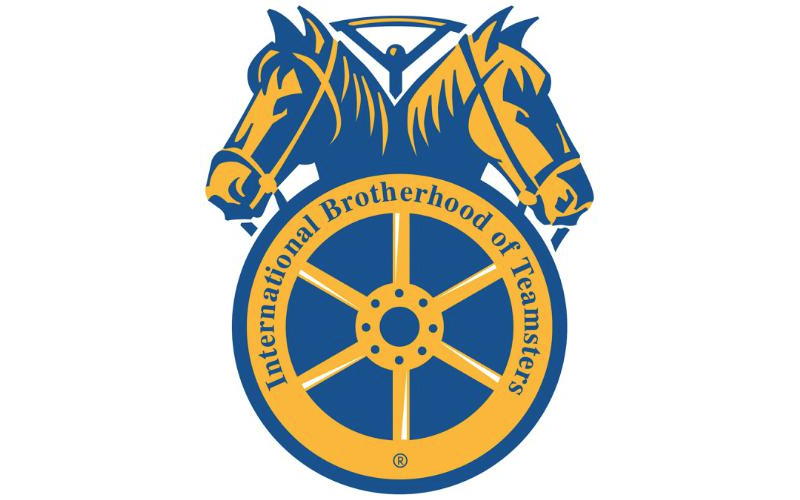This year is a big year for food safety at FDA. All seven of the FSMA rules have been finalized, and the first compliance date is right around the corner (compliance with the Preventive Controls for Human Food rule starts in September for large companies). Stephen Ostroff, M.D., just took the helm from Michael Taylor as the agency’s deputy commissioner for foods and veterinary medicine. And finally, FDA is taking a hard line in both improving the tools and methods used to detect outbreaks as well as working with the Department of Justice to prioritize enforcement actions against companies that introduce adulterated foods into the supply chain.
Yesterday Ostroff provided an update on FDA’s recent initiatives and its plan of action to achieve success in FSMA implementation and pathogen detection at the IAFP annual meeting in St. Louis. Ostroff highlighted several tenets of FSMA:
- Keys to FSMA success will be dependent upon achieving high rates of compliance
- Domestic and import parity
- Education before and while regulating (establishment of training and education networks)
- Taking a risk-based approach to inspection and planning
- Partnerships are critical

Industry can expect three more rulemakings as required by FSMA in the areas of lab accreditation, a reportable food registry and product tracing. In addition, FDA is working on guidances related to the preventive controls, produce, and foreign supplier verification program rules. “We’re tantalizingly close so stay tuned,” Ostroff said.
Expect to see more program alignment with the Office of Regulatory Affairs as well. The inspection and compliance staff will be trained as specialists and there will be horizontal integration of programs between field activity and agency headquarters. Although the next fiscal year will be a transition year, Ostroff is hopeful that changes that need to be made at the agency, along with program alignment, will be in place by fiscal year 2018.
Other notable actions at FDA over the past year include:
- In response to the OIG’s conclusion that FDA’s food recall program is not efficient or effective, the agency is ramping up its use of the strategic CORE (Coordinated Outbreak Response and Evaluation) network in order to examine recalls that might not be moving as smoothly or quickly as the agency prefers. FDA is also leveraging greater application of whole genome sequencing (WGS).
- GenomeTrakr network and WGS. More than 50,000 genome sequences have been added to the database (largely Salmonella). Ostroff called WGS a game changer that holds the opportunity to more quickly identify problems and detect outbreaks while they’re still quite small. In partnership with the CDC, FDA set up a successful module for WGS of Listeria and the agency hopes to expand the model for use with other pathogens.
- Nutrition (Not just what consumers are eating, but how much of it): The move that declared partially hydrogenated oils as no longer GRAS with compliance required by 2018. The agency also issued a final guidance on menu and vending labeling in May, issued levels for arsenic in infant rice cereal, made determination for folic acid fortification in corn/masa, made revisions to nutrition facts labels that takes effect in 2018, issued a draft guidance on voluntary sodium reduction, and will continue to exam the terms “natural” and “healthy”.
- Genetic engineering. FDA approval of GE salmon following one of the longest reviews in the history of FDA (20-year review), along with issuing voluntary labeling guidance.
- Monitoring antimicrobial resistance through NARMS (National Antimicrobial Resistance Monitoring System). FDA will be collecting antimicrobial sales by species and, in cooperation with USDA, hopes to release farm-based data about antimicrobial use at the farm level.
Ostroff emphasized FDA’s strategic 10-year plan, released this year, pointing to public health as a first priority, maintaining partnerships as a key to success (including re-establishing overseas offices), continuing research as a foundation, and maintaining transparently.





